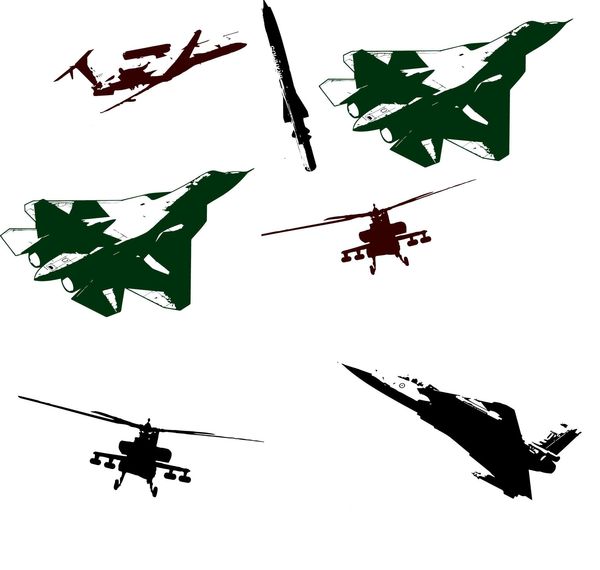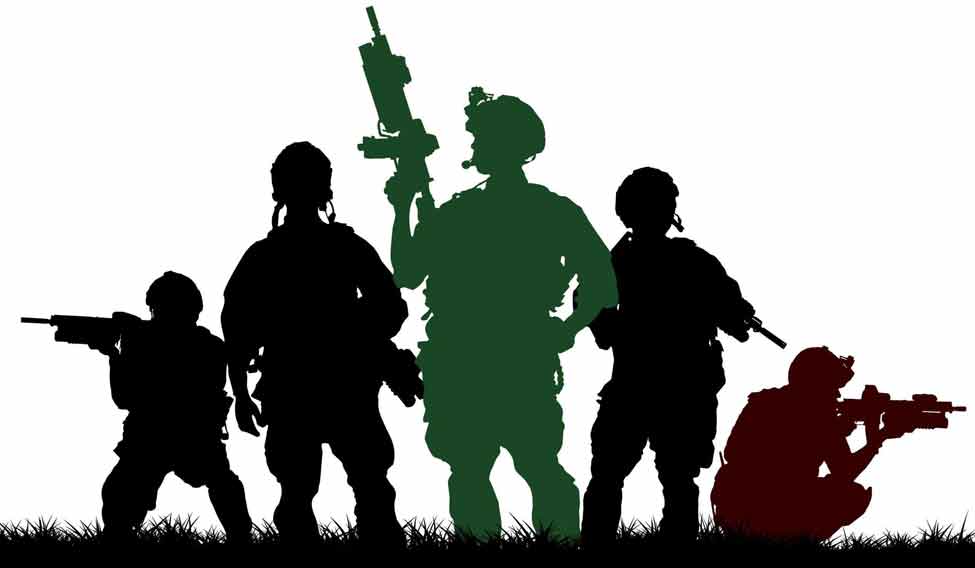If Lord Roberts, Lord Ismay or Field Marshal William Slim were to rise from their graves and make a ghostly inspection of the Indian Army today, they would see much the same things that they had seen when they had served in India. Militaries, particularly armies, are reluctant to change their style of functioning.
But paradoxically, they always want newer equipment. In fact it is military research that gave rise to several of the inventions of the modern world—ranging from road-building asphalt to road-guiding GPS.
So it is easy to predict how the Indian armed forces will look like in another ten years—organisationally the same, but better armed. Despite several proposals to reorganise the armed forces into theatre commands, and to have a chief of defence staff (resisted not by the military but by the bureaucracy), one can safely bet against these changes coming into the military structure in the next ten years. At the same time, one can also bet with equal assurance that the brass hats will get quite a large set of new toys. Here are a few that are being developed at home and can be expected to be inducted in the next one decade:
Tejas Light Combat Aircraft: Expected to be inducted in at least two squadrons by 2025. Its Mark-2 version is also likely to be ready, but induction in squadron service will take longer than 10 years.
Air-launched BrahMos: BrahMos, the world's most versatile and the only supersonic cruise, has had several versions so far—ground-launched, ship-launched, submarine-launched, vehicle-launched. The next will be air-launched. Already one flight-test—of a Sukhoi-30MKI flying with a BrahMos under its belly—has been done. The next test is to fire it, which will happen this year. The missile will enable the strike aircraft to strike at targets from nearly 300 kilometres away—in effect, away from the range of the defender's anti-aircraft missiles.
Fifth-generation fighter: May not yet be in squadron service, but the aircraft would have been identified and its development would have fairly advanced in the next ten years. Most likely, the Sukhoi T-50 will the aircraft chosen for development.
Ballistic missile defence shield: A two-layered shield of radars and radar-linked missile systems which will detect incoming enemy missiles and shoot them down. Technologies based on the old Prithvi air defence system have been developed to take care of enemy missiles at high altitudes. As the enemy missile gets closer, an Advanced Air Defence (AAD) missile would take care of it.

Nuclear Submarine Arihant: Launched in 2009 and put to sea trials in 2010, India's first nuclear submarine is expected to be commissioned this year. A sister-ship is also getting ready, and is expected to be in service in the next ten years. The nuclear subs, armed with nuclear missiles, will be the third arm of the triad of nuclear weapons—air-dropped bombs, ground-launched ballistic missiles and submarine-launched missiles.
INS Vikrant: Named after the now-decommissioned first aircraft carrier Vikrant, this will be the first India-built aircraft carrier. Being readied in Kochi, the carrier is expected to be commissioned in 2018-19. The mid-sized carrier is expected to have on its deck the naval version of Tejas. Vikrant is expected to be deployed on the western seaboard while the larger Vikramaditya (old Russian Gorshkov) should be servicing the eastern seaboard as also the larger southern ocean.
DRDO AWACS: Abandoned twice (once after a tragic accident), the early-warning aircraft programme of DRDO is now reportedly on track. The system, currently called AEW&C, will offer 360-degree coverage of airspace, and the first piece, built on an Embraer jet, is expected to be handed over to the IAF this year. AEW&C is essentially a flying radar which will detect enemy planes from farther distance than a ground-based radar and alert the home ground defences and fighter squadrons about the approaching threat.
Armed UAV Rustom: Named after Prof Rustom Damania (and not the Persian ballad hero) who fathered the idea of a UAV in the 1980s, Rustom will be the first Indian-built armed unmanned aerial vehicle of the Indian armed forces. There will be two variants (Rustom-1 and 2) which will supplement the Israeli-built Heron UAVs already in service.
Scorpene submarines: Six of these French-designed conventional diesel submarines are under construction at Mumbai's Mazagaon Dock. The first of them is expected to be commissioned this year. With the Kilo-class submarines which have been the mainstay of the Indian underwater fleet having aged, these will be the cutting-edge of the Navy in the next two decades or more.
Shaurya ballistic missile: With a range of 750km, this missile should replace the shorter-range Prithvi in the next few years. Though essentially a ballistic missile, it has cruise capabilities which make it difficult to be detected and shot down by the enemy.
Dhanush howitzers: Deprived of a newer artillery system than the Bofors 155mm guns which were bought in the 1980s, the Indian Army has agreed to take an augmented version of the Bofors now. With 8km range more than the conventional Bofors gun, Dhanush will get inducted into the service in the next couple of years. The gun should remain the mainstay of the Indian artillery regiments for the next two decades or more. A still newer version is also under development by the Ordnance Factory Board.







